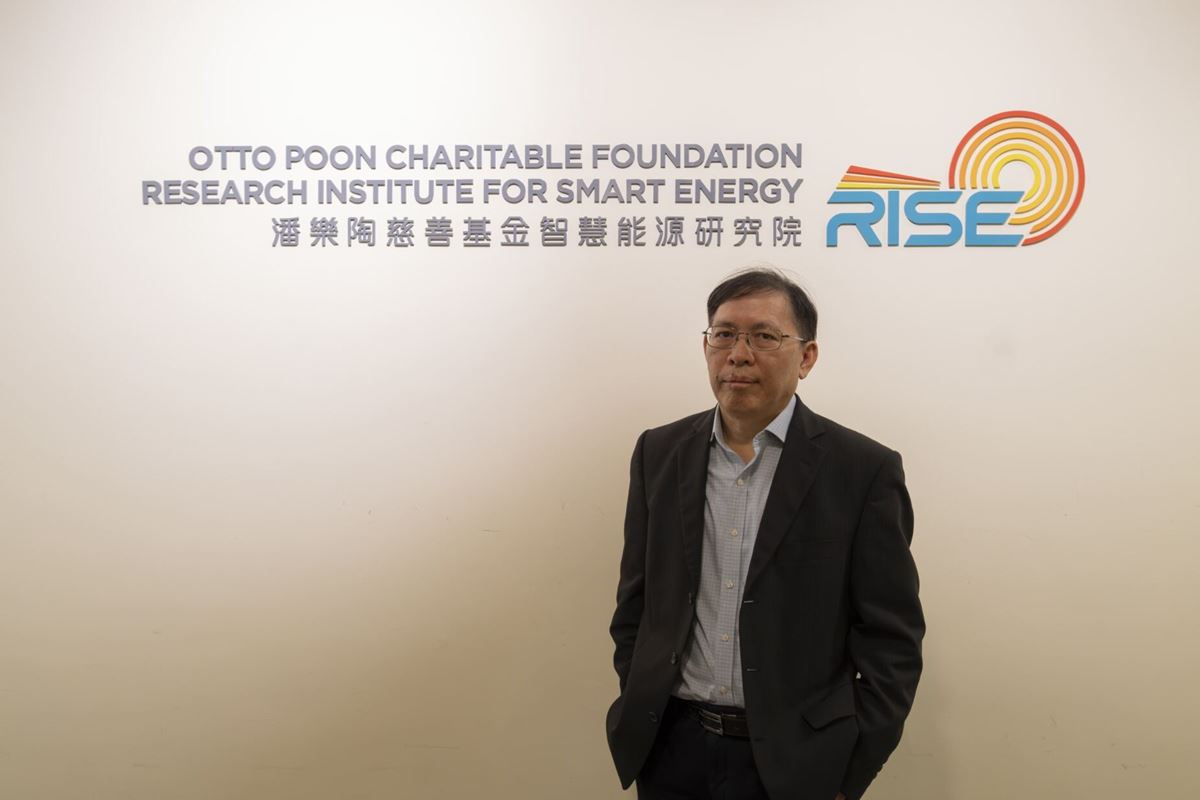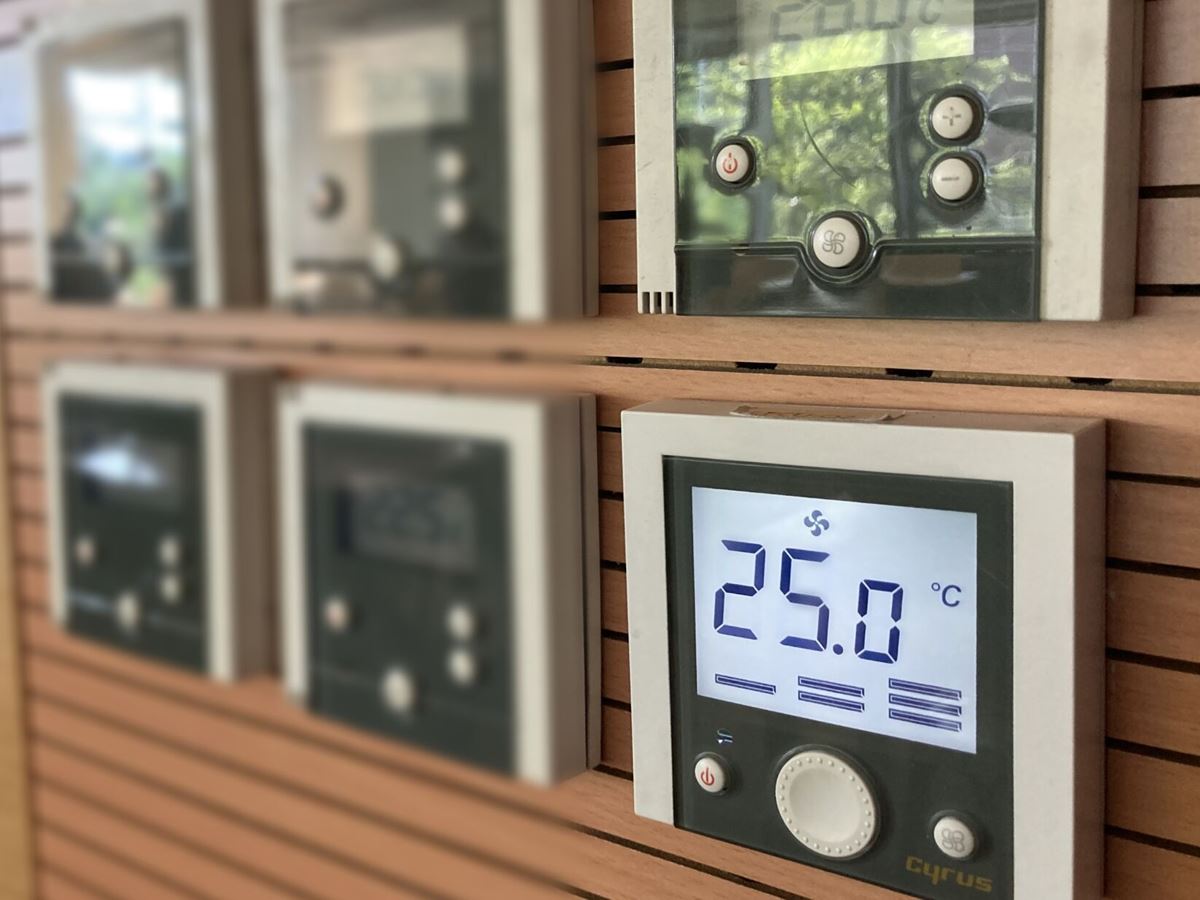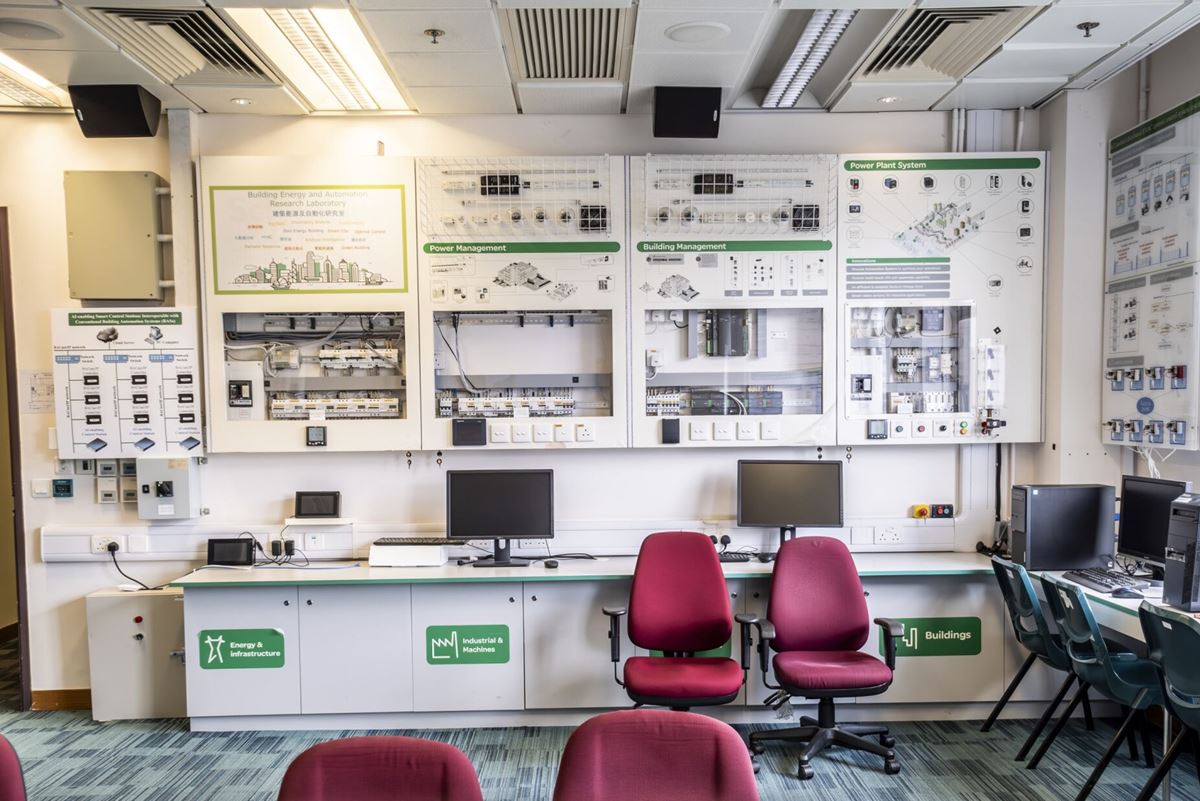Starting from Management Thinking: Increase Engagement of Each Unit in Carbon Reduction
Reducing carbon emissions by taking advantage of technology has been an environmental goal for universities around the world.
The Hong Kong Polytechnic University (PolyU) has decided to take it a step further by approaching it from the perspective of management thinking. They aim to change the traditional top-down model of environmental awareness and instead, let various units take initiative. This shift allows the units to align their teaching goals with the carbon principles on campus, leading to more effective results.

Professor Wang Shengwei, a registered engineer, believes that in order to successfully achieve the goal of carbon reduction, appropriate management policies and promotion of environmental awareness from the bottom up are essential.
A/C on Demand: Giving Back to Academic Community with Carbon Reduction
In February 2021, Ir Professor Wang Shengwei, Director of Otto Poon Charitable Foundation Research Institute for Smart Energy, Chair Professor of Building Energy and Automation at PolyU, and Otto Poon Charitable Foundation Professor in Smart Buildings, served as a consultant for the A/C on Demand scheme implemented by the Campus Facilities and Sustainability Office (CFSO) of PolyU. He assisted in replacing the outdated thermostats in various units across the PolyU campus with a new system. He was also responsible for analyzing and measuring the energy saved based on the data collected.

Under the A/C on Demand scheme, manual buttons on the new controllers turn on/restart the air conditioning. Compared to the previous system that automatically turned on the air conditioning based on fixed schedules, this new system reflects the actual demand more accurately.
In the past, air conditioning would automatically turn on and off based on a fixed schedule, even activating before office hours to ensure that the room temperature would drop in advance. The new A/C system allows staff and faculty members to conveniently turn on the air conditioning as needed and automatically shuts it off outside of the designated office hours. If someone needs to continue working in the office, he or she simply needs to press a button on the controller to restart the A/C, and the system will automatically shut off at the designated time. Before the preset time, staff and faculty members can also manually turn off the A/C by pressing a button on the controller and then leave the office.
The new measure eliminates the need for activating the A/C before office hours and reduces energy waste when users have not returned to their offices yet. It truly achieves the goals of use on an as-needed basis and energy saving.
To encourage greater involvement from units in the A/C on Demand scheme, PolyU allocates the energy cost saved to the respective units. Professor Wang stated, "We encourage participating units to reinvest these funds in education, research, knowledge transfer, and the development of other sustainable projects, which renders the entire scheme more sustainable and beneficial for all parties."
Currently, the A/C on Demand scheme covers a total air-conditioned area of 34,000 square meters on the campus, accounting for approximately 20% of the total air-conditioned floor area.
Effectiveness and Feedback
After implementing the A/C on Demand scheme, Professor Wang compared the campus electricity consumption data provided by CLP Group for 2018 and 2022*:
1) In 2022, the plan saved approximately 2.47 million kilowatt-hours of electricity for the campus, equivalent to about 3% of the total electricity consumption.
2) He estimated that the plan could save approximately HK$3.7 million in electricity costs per year. Over the next five fiscal years, PolyU campus could save at least HK$18.5 million in electricity costs. The saved costs will be distributed among participating units based on their energy saving and will be used to advance teaching and development.
"To achieve the goal of carbon reduction, we must work together," Professor Wang added, "by providing some incentives and allocating the saved electricity costs to participating units, so that students and faculty members will think that it is worth the effort, fostering a long-term culture of environmental sustainability on campus."
*Data recorded during the pandemic period in 2019, 2020, and 2021 when the campus was not operating normally were not included in the analysis.
Monitoring and Reducing Electricity Consumption of Facilities
In addition to the A/C on Demand scheme, Professor Wang also collaborated with the CFSO to install a Smart Electric Metering System for the electrical circuits and distribution boxes of various participating units on campus.
Smart electric meters were not yet available on the market when the planning of campus was conceived, so its use was not considered in the allocation of space and design of the power supply system. Therefore, introducing the smart electric meters in existing campus buildings and power supply systems posed significant challenges due to existing and technical limitations. Through collaboration with the CFSO, Professor Wang was able to utilize the Energy Allocation Model and collect data from the Smart Electric Metering System, which significantly improved the accuracy of the system and enabled data sharing with other stakeholders regarding energy use.
"By installing smart electric meters on electrical circuits and distribution boxes, we can monitor the electricity consumption of all facilities at once and analyze the data to improve energy efficiency," Professor Wang believes that producing electricity consumption reports on a regular basis for different units can help raise users' awareness of energy consumption and reduce waste or instances of leaving the power on by mistake. He continues, "With the Smart Electric Metering System, heads of units now have insights into and can analyze the electricity consumption for computers, lights and laboratory facilities during different periods, even on holidays, allowing them to make better arrangements for similar situations in the future."

By installing smart electric meters on distribution boxes, the electricity consumption of all facilities along with its data can be monitored and analyzed, enabling unit heads to manage electricity consumption effectively.
